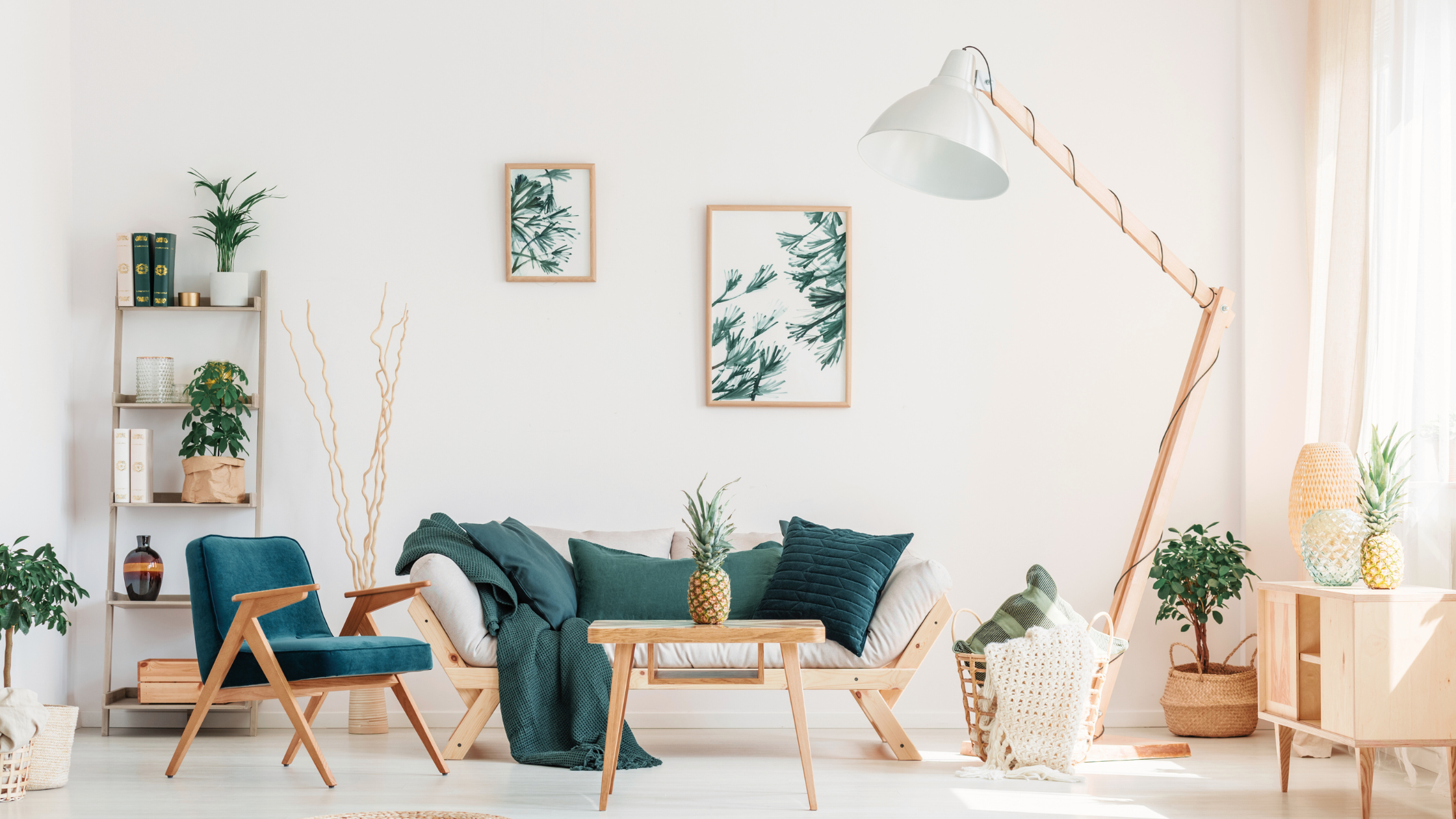If you’re looking to make your property more competitive on the market, one of the smartest decisions you can make is to boost home value through strategic presentation. One increasingly popular tactic is staging—a method that can elevate your home’s appeal and drive better offers.
Why Staging Helps Boost Home Value
Staging your property helps potential buyers emotionally connect with the space. A well-staged home allows them to envision their lives there, which often translates into faster sales and higher offers. According to industry reports, staged homes tend to sell faster and for more money than non-staged ones.
While staging might seem like a luxury, it’s often a high-return investment that can dramatically boost home value. The cost is usually a fraction of the price increase you might see in your final sale price.
How Cost Factors Can Affect Your Plan to Boost Home Value
Staging costs vary based on several factors. The square footage of your home, how many rooms are staged, and whether you rent or use existing furniture will all play a role. On average, homeowners spend around $2,000 to $2,500 on staging—an investment that can potentially add tens of thousands to your sale price.
For example, an initial design consultation might cost up to $600. Monthly fees for each staged room could run you another $600. Stagers often recommend a three-month minimum contract, so plan accordingly. This upfront cost, however, pays off if your goal is to boost home value efficiently and quickly.
What Elements Help Boost Home Value Through Staging
To get the most out of staging, it’s essential to focus on a few key areas:
-
Declutter and depersonalize: Buyers want to see a clean slate, not your family photos or memorabilia.
-
Furniture flow: Make sure furniture placement highlights space rather than cluttering it.
-
Lighting: Use natural light whenever possible. Good lighting creates warmth and openness.
-
Neutral colors: Stick to color palettes that appeal to a wide range of buyers.
-
Cleanliness: A deep-cleaned home signals that it has been well maintained—another important factor that helps boost home value.
Pros and Cons of Using Staging to Boost Home Value
There are pros and cons to every investment, and staging is no different.
Pros:
-
Makes your listing stand out in photos and in person
-
Helps buyers envision themselves living in the space
-
Often leads to quicker offers and higher sale prices
Staging for online appeal: In today’s digital-first world, many buyers will first encounter your home through online listings. Staging your home not only enhances in-person impressions but also elevates your property’s online presence with striking photos that can boost click-throughs and showings.
Cons:
-
Upfront cost
-
Requires coordination with furniture rentals and stagers
-
May not be necessary for every home
That said, if your home is average or struggling to attract attention, staging may be exactly what you need to boost home value and close faster.
Professional Advice to Boost Home Value Strategically
Talk with a knowledgeable real estate agent about whether staging is right for your situation. Some homes naturally shine with just a few tweaks, while others may benefit greatly from a full staging plan. A good agent can help determine what’s necessary to boost home value in your specific market and neighborhood.
If you’re unsure where to begin, start with a staging consultation. Many companies offer a one-time review to help you make smart, cost-effective choices.
Final Thoughts: Staging Can Significantly Boost Home Value
While not every home requires staging, it’s often a proven strategy to improve both speed and profitability when selling. If you’re serious about getting top dollar, consider staging as one of the best tools to boost home value and gain a competitive edge in your local market.



